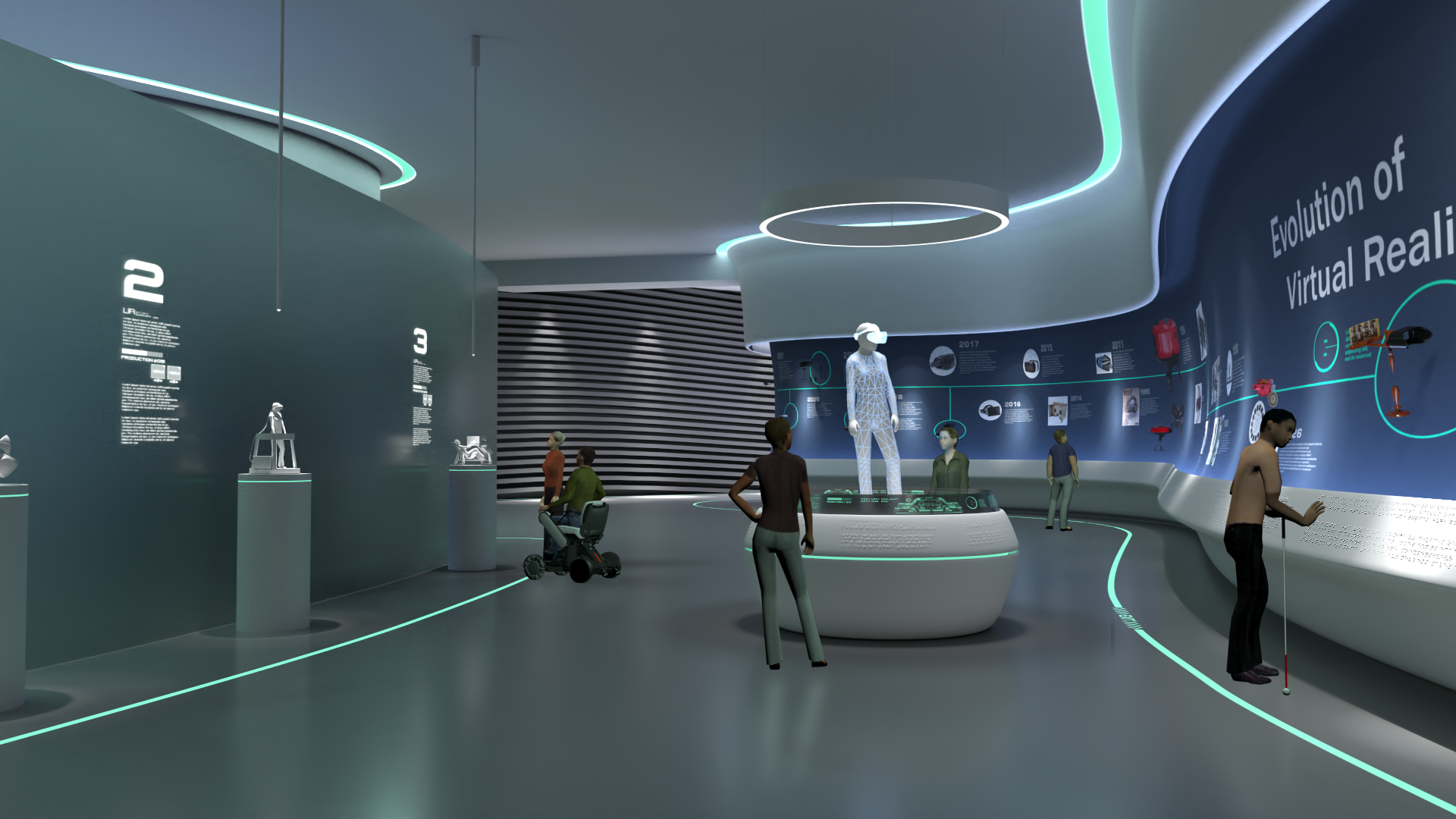
- using Text
Annotated Bibliography
COPY currently shown bibliography
Wang, Q., Zhao, J., Xu, S., Zhang, K., Li, D., Bai, R., & Alenezi, F. (2022). ExHIBit: Breath-based augmentative and alternative communication solution using commercial RFID devices. Information Sciences, 608, 28-46. [cited 2022 Sep 29] Available from: https://www.sciencedirect.com/science/article/abs/pii/S0020025522006600
- "We aim to develop a breath-based text input system named ExHIBit that allows paralyzed users, even paralyzed blind users, to freely express any sentences composed of letters and numbers. Based on the above motivation, we adopt binary sequences to express letters/numbers, and then specify that the inspiratory and expiratory actions represent one bit information respectively. We leverage commercial radio-frequency identification (RFID) devices to capture user’s respiratory waveform A novel recursive algorithm called Dual-Channel Follow-Keep-Pump (DFKP) is proposed to extract channel signals of respiratory waveform. Experiments demonstrate that ExHIBit can obtain 95.14% recognition accuracy and an input speed of 1.86 word/minute."
Felzer, T., & Rinderknecht, S. (2011). Using a game controller for text entry to address abilities and disabilities specific to persons with neuromuscular diseases. The Proceedings of the 13th International ACM SIGACCESS Conference on Computers and Accessibility, 299–300. https://doi.org/10.1145/2049536.2049616
- This study explores using Microsoft object recognition and audio-description for 3D scene understanding. The researchers found that individuals with neuromuscular diseases face difficulties with traditional keyboards. They propose a modified game controller for text entry, which showed similar typing speed but reduced exhaustion in a case study. These findings suggest promising potential for the alternative approach.
Willett, F., Kunz, E., Fan, C., Avansino, D., Wilson, G., Young Choi, E., Kamdar, F., Hochberg, L. R., Druckmann, S., Shenoy, K. V., & Henderson, J. M. (2023). A High-Performance Speech Neuroprosthesis. BioRxiv. https://doi.org/10.1101/2023.01.21.524489
- This paper reports on a speech-to-text BCI that records spiking activity from intracortical microelectrode arrays. They report that, enabled by these high-resolution recordings, their study participant, who can no longer speak intelligibly due to amyotrophic lateral sclerosis (ALS), achieved a 9.1% word error rate on a 50-word vocabulary and a 23.8% word error rate on a 125,000-word vocabulary and that their BCI decoded speech at 62 words per minute. These results show a feasible path forward for using intracortical speech BCIs to restore rapid communication to people with paralysis who can no longer speak.
Juneja, Sagar and Joshi, Pratyaksh. ‘Design and Development of a Low Cost and Reliable Writing Aid for Visually Impaired Based on Morse Code Communication’. 1 Jan. 2020 : 59 – 67. Accessed from: https://content.iospress.com/articles/technology-and-disability/tad190257
- This paper presents a low cost, portable and easy to use pen like writing aid for visually challenged people based on Morse code communication.